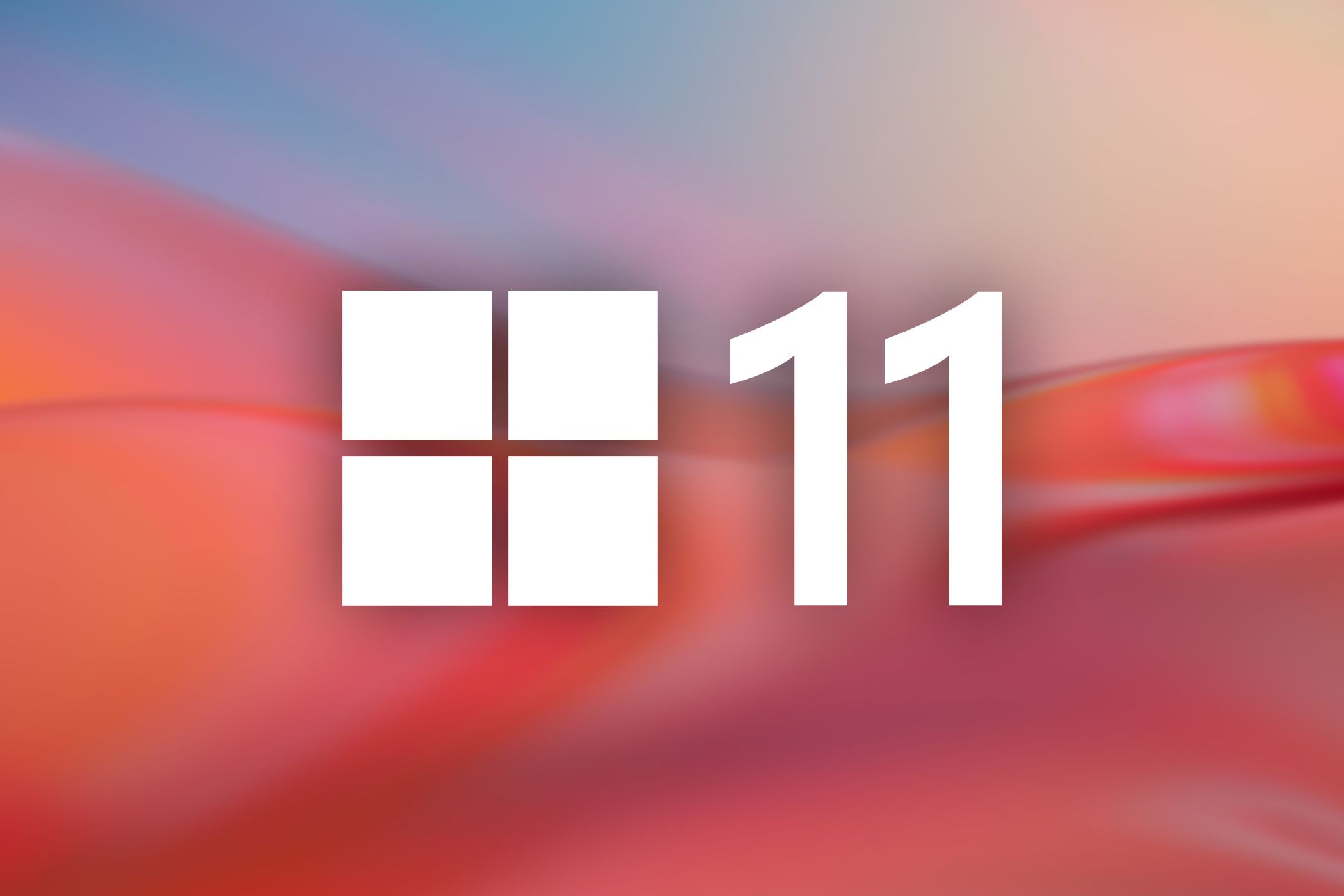
Internet security is more important than ever these days, and in order to keep yourself secure online, using the latest protocols is a must. You’d be surprised by the amount of software that uses older TLS protocols, but Microsoft is looking to cut down on that, as the company would like to remind you that old TLS specifications are about to be deprecated — and some of your older software might break as a result.
Microsoft has issued a reminder that it will soon disable the insecure Transport Layer Security (TLS) 1.0 and 1.1 protocols in future Windows releases. These protocols are essential for securing online communications, and they protect you from eavesdropping and tampering when you’re exchanging information. This move aligns with a joint statement made in October 2018 by Microsoft, Google, Apple, and Mozilla, announcing their intent to phase out insecure TLS protocols. Microsoft, in particular, began enabling TLS 1.3 by default in Windows 10 Insider builds by August 2020.
TLS 1.0 was introduced in 1999, and its successor, TLS 1.1, in 2006. TLS 1.2 has been around since 2008 and its long-overdue successor, TLS 1.3 was introduced in March 2018, rendering the earlier versions obsolete. With TLS 1.1 being this old, you might think that nothing on your PC could possibly still use it, but you could be wrong. Older apps still using these protocols include SQL Server versions from 2016 or older, Microsoft Office 2008, Xbox One SmartGlass, Safari 5.1.7, and versions of TurboTax from 2018 or older.
This change will impact only future Windows operating systems, both client and server editions, and will not affect already released Windows versions. Starting in September 2023, Windows 11 Insider Preview builds will disable TLS versions 1.0 and 1.1 by default, and evidently, stable versions will follow soon thereafter, though users who require compatibility (although chances are you don’t require it) can re-enable them.
For most Windows home users, this transition is expected to have a minimal impact, especially if you’re the kind of keeping your software updated. However, you might run into issues in enterprise environments, where older software usually sticks around for longer, so IT teams are encouraged to conduct tests to identify and update or replace any affected applications.
Source: Bleeping Computer






